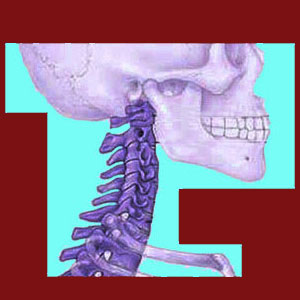
Facet joint dislocation can occur due to traumatic injury, degeneration, related spinal pathology or organic design flaws within the joint structure. Dislocation is not a common occurrence, but when it does occur, it might necessitate dramatic treatment in some circumstances.
The facet joints are instrumental in controlling the range of motion for each spinal segment, called vertebrae. These joints are also crucial to reinforcing the spine, allowing it to enjoy improved strength as a continuous column of joined bone, rather than simply individual segments. When one or more facet joints suffer misalignment or dislocation, consequences to the entire spine can be severe.
This discussion focuses on dislocation of the spinal facet joints. We will examine the potential causes of dislocated joints, the symptoms of such conditions and how these issues can be treated conservatively and surgically.
Facet Joint Dislocation Causes
Dislocation of the facet joints can certainly occur for many reasons including any of the following scenarios:
Traumatic injury can cause joint components to misalign or disconnect completely. We see this occurrence in cases of acute spinal damage, such as that suffered by people who have suffered significant falls or motor vehicle collisions. Less severe injury can still cause dislocation if other contributing factors already exist in the joint, such as osteoporosis, congenital defect, marked deterioration or other issue.
Degeneration of the facet joints rarely progresses to the point of being symptomatic. However, in some uncommon cases, degeneration might actually undermine the stability of the joint and encourage it to dislocate when placed under duress.
Defects in the organic design of the facet joints or vertebral bone might dispose it towards dislocation due to slippage or fracture. Similarly, related spinal conditions might facilitate dislocation of the vertebral bone. These conditions might include defects of the pars interarticularis, occurrence of spondylolisthesis, occurrence of significant scoliosis, hyperlordosis or hyperkyphosis and other issues.
Spinal Joint Dislocation Symptoms
Symptoms of facet dislocation will usually be related to movement of the affected vertebral level, with pain, stiffness and feelings of weakness of instability being common. Patients with very strong dorsal musculature will often suffer less severe manifestations than patients with deficient muscular ability.
In cases where additional spinal pathology has caused or contributed to the facet joint dislocation, symptoms might mirror those of the source process, such as in cases of spondylolisthesis or extreme scoliosis.
It should be noted that some dislocations are transient and self-correcting. In essence, the joint might slip, but will go back in place without any intervention at all and often, with no symptomatic expression. We observe this in patients who demonstrate hypermobile joints, as well as some patients with more typical ranges of motion, but specific conditions that allow excessive facet joint movement without pain.
Facet Joint Dislocation Treatment
Facet dislocations come in many varieties, clinical presentations and expressions. Some will not require any treatment at all and will realign and stabilize with time organically. Others will require conservative care, while some might require surgical intervention. Accurate diagnostic evaluation is of paramount importance when discussing facet dislocations, since it is best to pursue the least dramatic form of treatment that will resolve the problem, rather than assuming that every dislocation requires surgical care.
Conservative care can consist of physical therapy, chiropractic manipulation or osteopathic therapy. All of these modalities can be useful for specific varieties of facet joint dislocation.
Surgical intervention is usually minimally invasive and consists of reduction of the dislocation in most instances, while spinal fusion might be reserved for cases of extreme trauma or other condition of instability where the vertebral bone is likely to recurrently dislocate. Each surgical undertaking should be highly individualized to match the least invasive form of treatment that will resolve the dislocation and prevent it from occurring again.
Facet Joint Pain > Causes of Facet Joint Pain > Facet Joint Dislocation





